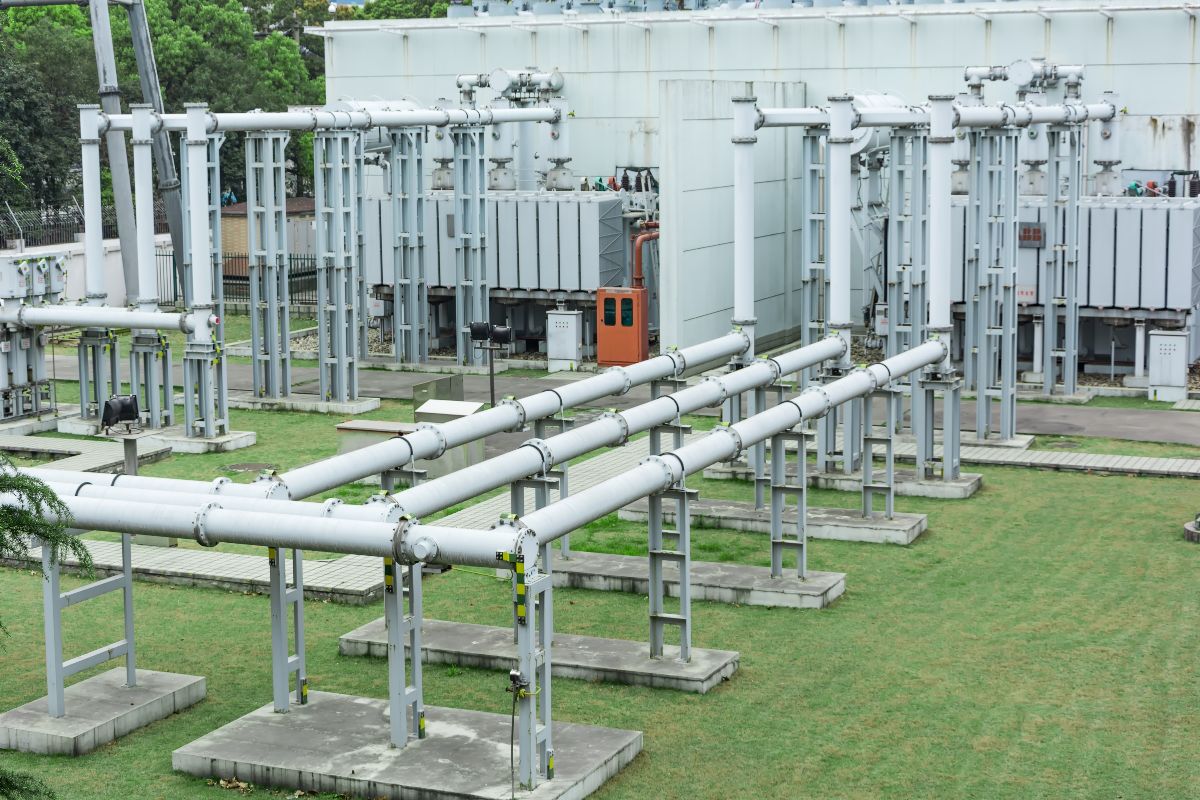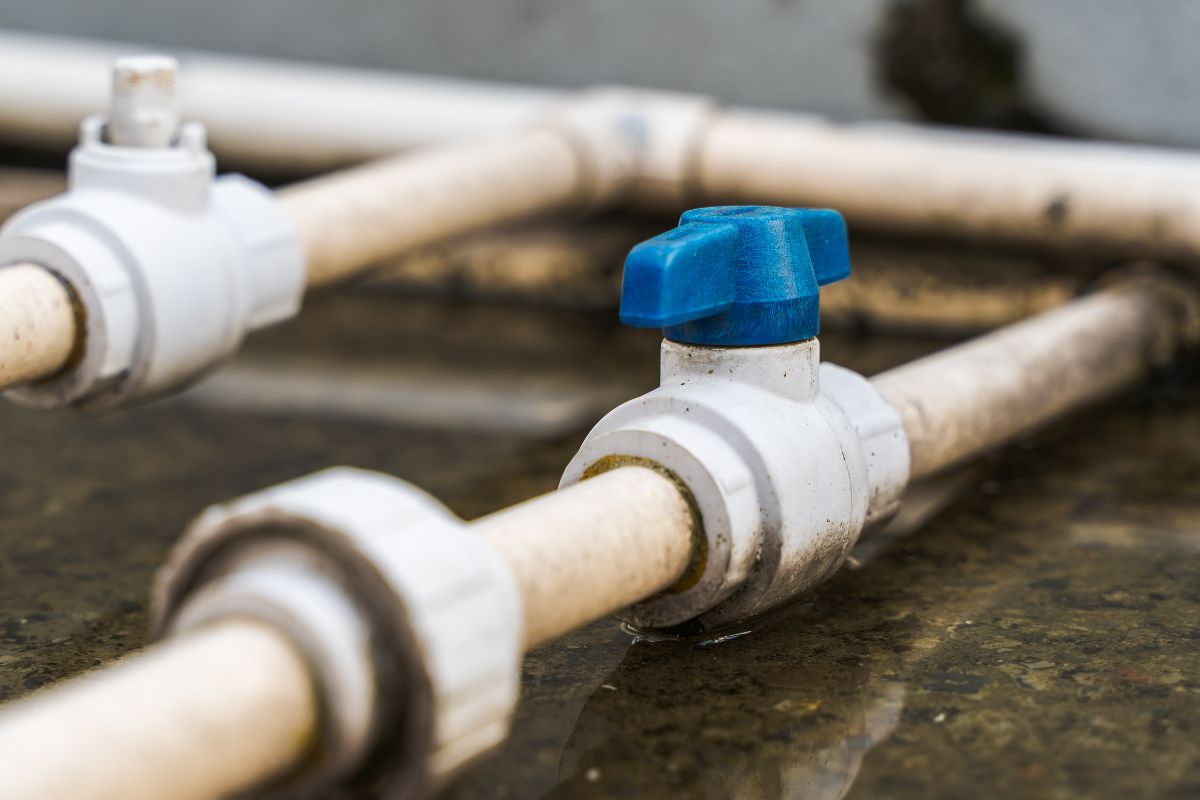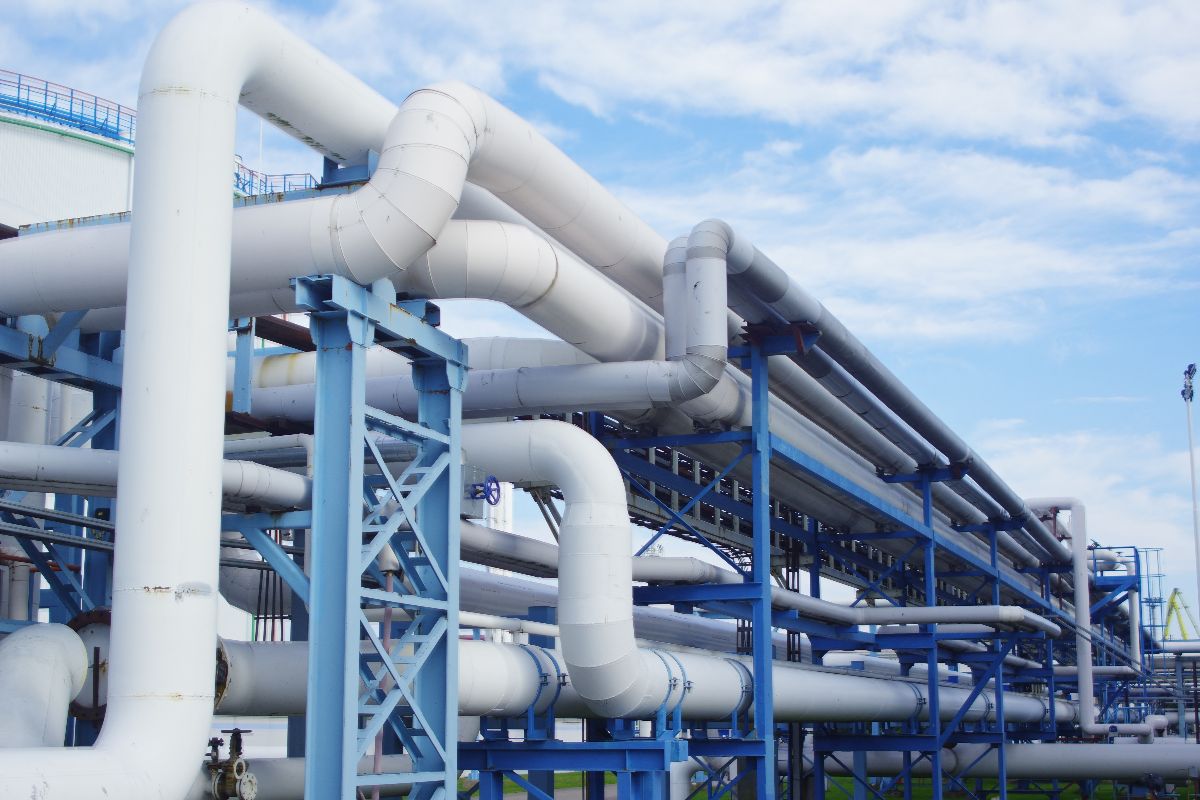
Your Checklist: What to Consider for Water Pipes During the Wet Season
What to consider for water pipes during the wet season?
- Pipe material and corrosion resistance
- Durability and weather resistance
- Pressure and flow capacity
- Installation location and type
- Drainage and flood management
Overview
- Proactive planning is crucial for water pipes in the Philippines to withstand the wet season’s challenges, such as heavy rain, ground shifts, and prolonged dampness.
- Key considerations for pipe systems include material and corrosion resistance, durability, pressure rating for peak loads, proper installation methods, and a comprehensive drainage plan.
- Partnering with a trusted supplier like Supreme Pipe ensures your system is equipped with high-quality, weather-resistant materials and the expert support needed for long-term resilience.
The wet season in the Philippines brings more than just heavy rain. Weeks of elevated moisture can wear down pipe materials, while flooding and shifting soil raise the risk of leaks, blockages, or even long-term damage. These conditions are especially concerning in older or unprotected systems, where small vulnerabilities can quickly escalate.
That’s why wet season planning requires more than checking for leaks. Water pipes must withstand daily use and seasonal stressors like ground movement, prolonged dampness, and pressure fluctuations.
In this guide, we’ll walk you through what to consider for water pipes during the wet season, with a practical checklist designed to help you prevent costly issues and maintain a safe, reliable water system.
Pipe Material and Corrosion Resistance
During the wet season, moisture is constant, and that puts pipe materials under pressure. The type of pipe you choose plays a major role in preventing long-term damage caused by rust, mineral buildup, and system wear.
Materials like PVC and HDPE are commonly used for their built-in corrosion resistance, making them well-suited for prolonged exposure to damp conditions. Metal pipes, such as galvanized steel or ductile iron, can still be effective, but they require protective coatings and regular inspection—particularly in groundwater-prone zones.
It’s also critical to factor in local soil and water chemistry. Acidic or saline conditions can accelerate corrosion, even with coated systems. Verifying these risks during design helps extend service life and avoid seasonal failures.
Durability and Weather Resistance

When evaluating what to consider for water pipes during the wet season, durability isn’t just about water resistance. Pipes need to stay structurally sound under constant moisture, ground shifts, and extreme weather, which are common in exposed or flood-prone areas.
Beyond saturation, pipes may face UV exposure, reactive runoff, or physical impact. These external stressors can cause joint weakening, surface damage, or efficiency loss over time.
Choosing materials with UV stability, chemical tolerance, and high surface toughness helps ensure performance in unpredictable environments. Look for systems built to retain shape and strength despite prolonged exposure to wet conditions.
Pressure Rating and Flow Capacity
Sudden downpours and emergency surges can overload a water system if pipes aren’t rated correctly. That’s why pressure rating and flow capacity should be matched not just to everyday use, but to peak-season scenarios.
Start by confirming that your pipe sizing aligns with both average and increased water loads. Undersized systems can lead to localized pressure buildup or backflow during heavy rains.
Opt for systems that deliver consistent internal pressure and smooth flow, even under surge conditions. Reinforced walls, optimized joint design, and minimal friction loss all contribute to wet-season reliability, especially when handling stormwater overflow or rapid discharge from tanks and cisterns.
Installation Method and Site Conditions

Even the best pipe won’t hold up if installed poorly. Wet season conditions like softened ground, shifting terrain, or waterlogged trenches can expose weak installation practices and accelerate failure.
Ensure pipes are laid at proper depths with stable bedding that provides both support and drainage. Trenches should be free of sharp debris, and backfill compacted evenly to avoid pipe movement or sagging.
Plan for access, too. Inspection ports and raised access points make it easier to perform spot checks or address issues during heavy rainfall. Good installation isn’t just about stability—it’s about future serviceability under pressure.
Drainage Planning and Flood Management
Often, pipe performance during rainy months is shaped by what surrounds the system—not just what flows through it. Flooding, pooling, and poor drainage can overwhelm even the most durable networks.
A well-integrated layout with sump pits, catch basins, and perimeter channels can relieve pressure on buried pipes and prevent system overload. Backflow prevention devices help guard against contamination and reverse flow when water levels spike.
This is a crucial part of what to consider for water pipes during the wet season—especially in urban or flood-prone sites. Use site data and elevation mapping to route lines away from problem zones and install valves or barriers where needed to secure long-term performance.
Is Your Water Piping System Ready for the Wet Season?
Before the rains set in, a proactive check can prevent costly breakdowns or hazardous flooding. Key areas for evaluation include:
- Pipe condition: Look for corrosion, cracks, or joint weakness that may worsen under pressure.
- Flow and pressure: Ensure sizing and material can handle seasonal spikes in volume.
- Drainage and backflow: Test all valves, pumps, and flood control systems for reliability.
- Structural support: Verify bedding quality and protection from sharp or shifting debris.
- Joint integrity: Examine seals, gaskets, and couplings—especially in zones exposed to runoff or chemical reactions.
Key Takeaway
Rainy seasons in the Philippines are often unpredictable. By being proactive, you can prevent infrastructure strain from becoming a business liability. The right piping choices aren’t just about materials—they’re about long-term resilience, site performance, and having a supplier who understands what’s at stake when water systems fail.
Prepare for the rainy season with Supreme Steel Pipe Corp. Our durable water pipes meet key standards for performance, safety, and long-term protection during heavy rains. Contact us today to get expert guidance for your next installation.


